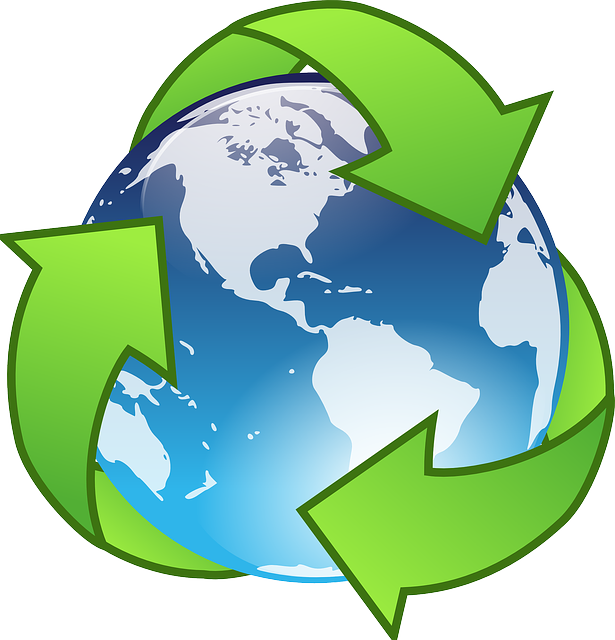[vc_row][vc_column width=”1/2″][vc_column_text]
Benin
Formerly known as Dahomey, Benin shares its border with Togo (west), Burkina Faso (north-west), Nigeria (east) and Niger (North east). The country has a free market economy which has been growing progressively for four years. Growth decelerated in 2017 and the country was exposed to risks from volatile commodity prices. Its economy is underdeveloped and reliant on subsistence agriculture, cotton production and regional trade. 40% of the country's GDP is accounted for by cotton. It is also a main export commodity with 80% of the official export earnings coming through it. Poverty has been increasing despite a consistent GDP growth rate of 4-5% over the last two decades. An average growth rate of 5% (during the past 7 years) in output has been nullified by a rapid population growth. The service sector forms a significant portion of GDP mainly because of the country's geographical location, transportation, enabling trade, transport and tourism activities with adjoining states. Benin is a member of the CFA Franc zone which offers both currency stability and access to French economic support. France is both the major export and import partner. Private foreign direct investment is low and a large proportion of investment in infrastructure projects comes through foreign aid. The country has a high degree of income inequality denoted by a value of 47.8. The level of human development is also low (0.520 in 2018). In 2006,a $307 million Millennium Challenge Grant was signed by the government in which projects to improve land tenure systems, commercial justice system and financial sector were incorporated. The country has a diversified microfinance sector with a microfinance services penetration rate of 60%. Revenues from economic activities in Port of Cotonou account for more than 40% of the country's national budget. In order to achieve its economic potential, Benin needs to upgrade its infrastructure, remove corruption and increase access to foreign markets.
[/vc_column_text][vc_column_text] Its population in 2018 was 11,485,674 [1]
Its population in 2018 was 11,485,674 [1]
 In 2015, 50.86% of its total energy
In 2015, 50.86% of its total energy
consumption was renewable [2]
 In 2021, its GDP grew by 6.60% [2]
In 2021, its GDP grew by 6.60% [2]
 In 2021 it had a negative Current
In 2021 it had a negative Current
Account Balance of US$bn 0.79 [3]
What free trade areas or economic unions is it a member of?
Member of the African Continental Free Trade Area (AfCFTA) since 07/07/2019
Other members:
Burkina Faso, Cameroon, Chad, Congo, Côte d'Ivoire, Djibouti, Egypt, Equatorial Guinea, Eswatini, Ethiopia, Gabon, Gambia, Ghana, Guinea, Kenya, Mali, Mauritania, Namibia, Niger, Nigeria, Rwanda, Sao Tome and Principe, Senegal, Sierra Leone, South Africa, Togo, Uganda, Western Sahara, Zimbabwe
What trade deals are there between African Continental Free Trade Area and other countries and economic unions?
None
Member of the Economic Community of West African States (ECOWAS) since 28/05/1975
Other members:
Burkina Faso, Cabo Verde, Côte d'Ivoire, Gambia, Ghana, Guinea, Guinea-Bissau, Liberia, Mali, Niger, Nigeria, Senegal, Sierra Leone, Togo
What trade deals are there between Economic Community of West African States and other countries and economic unions?
None
[/vc_column_text][vc_column_text]What trade deals are there with other countries and economic unions?
None
[/vc_column_text][/vc_column][vc_column width=”1/2″][vc_column_text]Lord Waverley and Paul Baker: The Promise, Potential and Pitfalls of Britain’s Relationship with Africa
African Finance Evolution: It May Not Be Televised Yet, but the World Is Certainly Taking Note
Ann Low, US Department of State: Go Green by 2019 – Make Business Registration Easy Everywhere by 2019
CFI.co Meets the CEO of Fidelis Finance: Abdoulaye Kouafilann Sory
The Local Climate Adaptive Living Facility (LoCAL) of UNCDF: Climate Change Impacts on Natural and Human Systems
Trade with the United Kingdom
Source: UK Office for National Statistics, October 2022.
Contains public sector information licensed under the Open Government Licence v3.0.
Loading, Please Wait!
This may take a second or two.





















































































